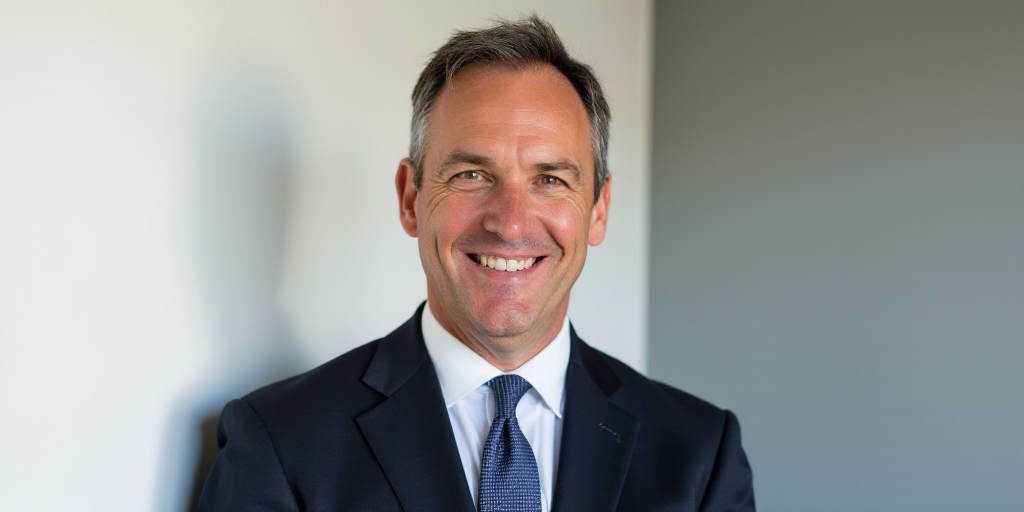Citi’s Commitment to Mexico and Latin America
Julio Figueroa, CEO of Citi for Latin America, expresses optimism about Mexico’s growth prospects and Citi’s investment plans, with a special focus on technology. Unlike retail banking, the strategy isn’t about aggressive customer growth but rather increasing business relevance for existing clients.
Mexico’s Strategic Importance
Figueroa emphasizes Mexico’s significance not just for the region but also for Citi’s global strategy. Its unique position near the United States, he says, extends beyond current trends.
Positive Outlook on Foreign Investment
Figueroa points out the continuity of nearshoring trends, supported by substantial foreign direct investment (FDI) in Mexico—21.373 billion dollars in the first quarter alone.
Citi’s Resilience Amidst Volatility
Born in Argentina, Figueroa highlights Citi’s long-term commitment to Latin America, stating that volatility and uncertainty do not deter them. With 120 years in Panama and 96 years in Mexico, Citi’s presence underscores its dedication and expertise.
Citi’s Financial Performance in Mexico
As of April, Citi held a 190.291 billion pesos portfolio in Mexico, according to the National Banking and Securities Commission. The company reported a net income of 4.628 billion pesos and capital adequacy of 72.222 billion pesos.
Mexico and Brazil: Key Markets
Alongside Brazil, Mexico is Citi’s most crucial market in Latin America. Figueroa spent considerable time in Mexico last year, working on Citi and Banamex’s separation, which concluded on December 1, 2024. Citi and Banamex now operate under separate strategies, with Citi fully integrated into the global platform across 94 countries.
Adapting to Regulations
Citi, one of the world’s largest financial services companies, operates in five global businesses, three catering to corporate clients and two focusing on individual services. The company tailors its approach to regulatory requirements and cultural differences across markets.
Retail Banking Focus Shift
Citi is moving away from retail banking’s scale-focused, aggressive customer acquisition model in Mexico. Instead, the company aims to be more relevant for existing clients and expand business opportunities within those relationships.
Julio Figueroa’s Career and Vision
With over 30 years at Citi, Figueroa began in Buenos Aires in 1994 after working at IBM. In 2023, he was appointed CEO of the Latin American bank as part of a global restructuring led by CEO Jane Fraser.
Defining Financial Excellence
Figueroa describes financial excellence as an institution that swiftly adapts to changes, offers cutting-edge products and services, maintains profitability, complies with stringent regulations, contributes positively to society, and fosters employee satisfaction and commitment.
Key Questions and Answers
- What is Citi’s outlook on Mexico’s growth potential? Figueroa expresses optimism, emphasizing Citi’s investment plans and technology focus in Mexico.
- Why is Mexico strategically important for Citi? Its unique position near the United States offers advantages beyond current trends.
- How does Citi view Mexico’s foreign investment? FDI in Mexico, such as the 21.373 billion dollars in the first quarter, supports a positive outlook.
- How does Citi handle market volatility? With a long-term presence in Latin America, Citi remains committed and resilient amidst uncertainty.
- What are Citi’s key markets in Latin America? Alongside Brazil, Mexico is Citi’s most crucial market.
- How does Citi adapt to regulations in different markets? The company tailors its approach based on regulatory requirements and cultural differences.
- What is Citi’s strategy in Mexico regarding retail banking? Citi is shifting from aggressive customer acquisition to being more relevant for existing clients and expanding business opportunities.
- What defines financial excellence according to Julio Figueroa? It involves adaptability, cutting-edge offerings, profitability, regulatory compliance, societal contribution, and employee satisfaction.






